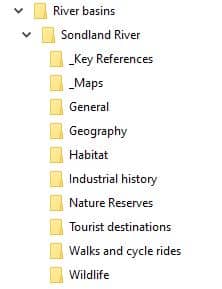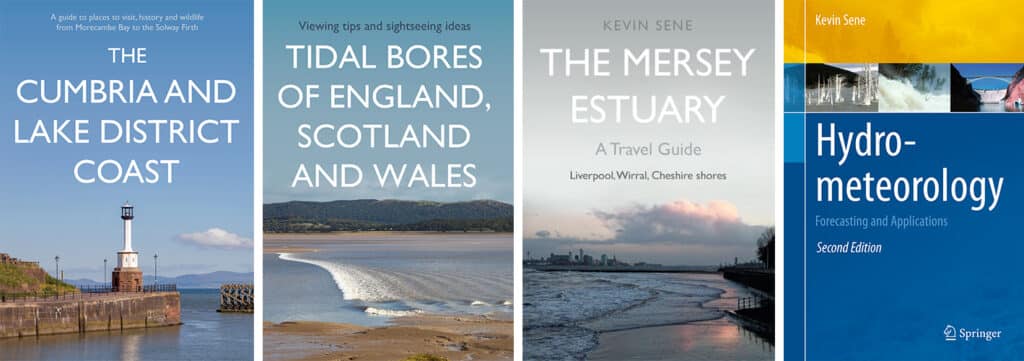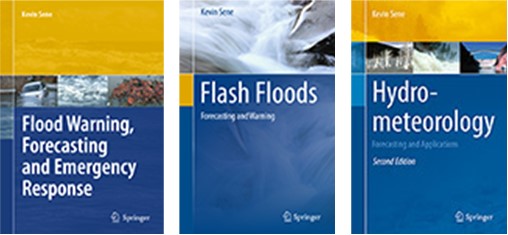I’ve now written several books and thought it might be interesting to share some ideas about how I go about researching a non-fiction book. So here are a few approaches that I find useful…

Types of research material
Nowadays, there is a wealth of information online beyond traditional sources such as books, scientific papers, maps, magazines and newspapers. What’s available depends on the topic but might include blog posts, items on social media, images, video clips and podcasts, plus ebooks of course.
I’m also a big fan of the interpretation panels you often see in libraries and at sites of interest and of so-called grey literature, such as the annual reports, strategy documents, factsheets, technical reports and Powerpoint presentations that many organisations publish publicly on their websites.
Scribbled notes from phone calls and chats with local experts are incredibly useful too, and I’ll always try to type them up soon after while it’s fresh in my mind. Alternatively, if I’m on a research trip away I’ll often send key notes in an email to myself before writing it up more fully on my return.
I’ve also dabbled with voice recorders but never really managed to get the software to reliably convert my own speech to text. However, some people speak highly of this approach so maybe I should try again using the latest software; for example, I’ve recently been using Subtitle Edit to produce subtitles for videos with some success.
Of course, if you are recording someone else’s voice rather than your own, make sure to get their permission first!
Options for organising research
Taken together, this material might amount to many thousands of items so a key early decision is whether to use software to organize everything and there are some great packages out there. Well-known examples include Evernote and Microsoft’s OneNote, and many writers are fans of Scrivener too.
Although I’ve tried some of these in the past, nowadays I prefer to keep full control of how and where files are stored by using file folders. Whereas years ago I might have had boxes of research material to wade through, nowadays – copyright permitting – I digitise everything first to avoid having to jump between printed pages and the screen; for example by typing up notes, saving images and scanning key pages from reports. I also take regular backups.
When documents contain information on many topics, I’ll either copy them individually into the relevant folders or make notes on the relevant sections first.
Making sense of it all
The trick then is to sort everything into a logical order that matches the draft contents for the book so that files are ready to refer to when drafting the text.
However, before researching a section I’ll normally write a first draft from memory, focusing more on the flow and wording of the text than the content. It’s only when I’m happy with those aspects that I begin to flesh out the detail, which typically includes more online checking, generating yet more information to save.
If it turns out that there are hundreds of files on one topic and hardly any on another, that’s sometimes a sign that the structure of the book or chapter needs to be changed. Generally, I tend to use quite a fine level of detail, as shown in the hypothetical example below.

I’ll often include a ‘Key References’ folder to keep copies of the most useful files for quick reference in future.
Would this approach work for you?
So, if you are researching a non-fiction book, that’s an approach that works for me. However, if you have other ways that are better, including using software to help in the process, please go ahead!
This also omits how to go about what is perhaps the most enjoyable aspect of research, which is visiting the places referred to in the book, taking photographs and chatting to local experts about their insights. And one of the most time consuming aspects, which is factchecking and double-checking permissions once the draft text is ready.
If you’d like to read more about the type of writing I do, here’s a link to my About page.

